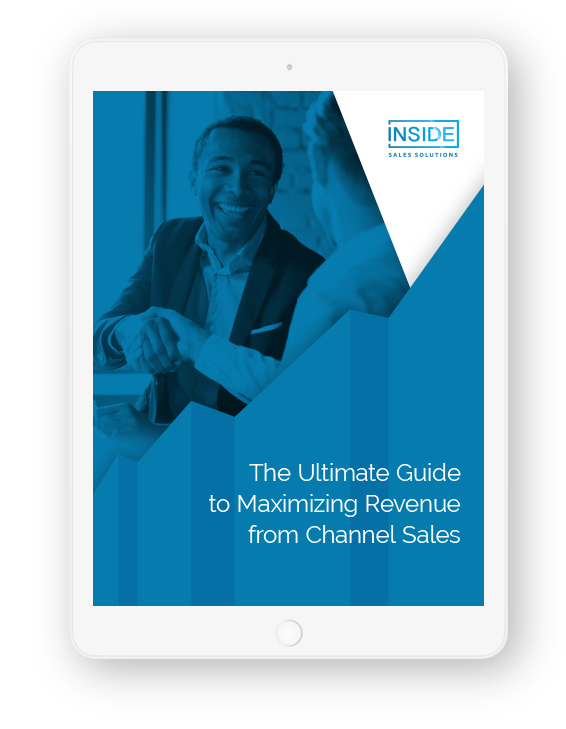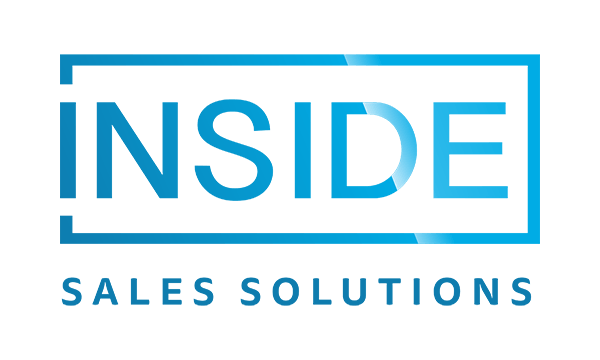Are you struggling with inconsistent sales, forecasting accuracy, or having too many fires to put out? These are common challenges that often stem from a lack of an effective sales pipeline. Building a sales pipeline with distinct stages can help streamline your sales process, improve forecasting accuracy, and ultimately increase the number of closed deals.
So how do you build a sales pipeline that effectively moves your leads and deals along, designed so any new sales rep can look at it and quickly understand it? Let’s dig in.
Get the Ultimate Guide to Maximizing Channel Sales
How Do You Build a Sales Pipeline?
Building a sales pipeline requires a strategic approach and shouldn’t just be thrown together without a clear and detailed plan that covers all aspects of the sales process — from lead generation to contract negotiation.
Effectively building your sales pipeline requires:
- Collaboration with different teams such as sales, marketing, and customer success.
- Clear metrics and key performance indicators (KPIs) to track the performance of your pipeline and make data-driven decisions.
- A flexible plan — your pipeline structure and processes will change over time, and you’ll have to adapt your strategies to stay relevant.
With all this in mind, use the stages from the sales pipeline example below as a reference to start building a successful sales pipeline of your own.
B2B Sales Pipeline Stages
The stages of a sales pipeline are thankfully simpler to define than the difference between a funnel and a pipeline.
The actual terms people use will vary, but the general idea is the same: having clearly established, objective steps to indicate whether a lead has advanced to the next stage.
Sales pipeline stages can be broken down like this:
1. Pre-pipeline targeting: establish your outreach list
Before any pipeline movement, your contacts are essentially just names in a bucket — not even leads yet — and the goal is to determine if the account is important enough to pursue.
The most important pipeline stage is narrowing your pool of contacts by identifying the target buyers you will reach out to.
We deliberately define this stage separately from outreach itself, because the quality of your targeting will largely determine the success of your outreach.
In B2B SaaS, it’s typically 3-5 (or more) people who are involved in the buying decision process. So within the list of accounts, you need to establish which personas you want to go after, being sure to specify roles within them, such as CEO, CIO, CRO, and sometimes Director or Manager level, depending on your company.
Follow these tips to make sure you get this right:
- Be as granular as possible in defining your buyer personas. For instance, interview current customers and ask where they saw the value — if two VPs of Sales buy for different reasons, this is a good indicator they could be broken down into two personas.
- Leverage what you learn — the information you gather from interviews and research can be used in future sales and marketing conversations.
- Split test your assumptions. Be willing to revise your personas as you learn more about your target audience. For instance, some of our clients think they need to be targeting a VP of Sales, but later learn the decision is delegated to a Director level, or that it’s only the CRO who can have that conversation. You have to be flexible with this.
Once you’ve established who you’re targeting from your contact pool, and your stages are built out, you can work on generating leads and advancing this contact list through the pipeline.
2. Make first contact: initial outreach
With your initial targeting set, you need to establish relevant messaging, channels, and outreach styles for each of these personas. There’s no sense reaching out to a CEO on LinkedIn if he’s not using LinkedIn, or emphasizing security features when talking to a CMO.
First contact with a lead will define whether they have enough interest to move forward.
As with targeting, continuously test your outreach:
- Split test messaging — compare messaging to dial in what works best, testing the variety of different value propositions. For instance, if you’re targeting a CFO, you’ll want to include things that will matter specifically to them — such as ROI, business impact, bottom line impact, etc. — and equate that to their solution or problem. If it’s a VP of Sales, you’ll want to emphasize results, pipeline creation, etc.
- Split test channels — figure out what resonates most with each persona within your persona tree within those target accounts. For example, say you learn your director or VP levels are more active on LinkedIn, so test if you can do better prospecting there. Whereas with the C-suite, it might be video messaging, or some other channel.
Targeted, customized outreach will help you fill your pipeline with quality leads much faster.
3. Advance leads to MQL stage (marketing qualified leads)
At this stage, a lead has expressed interest in your product or service. The lead is now considered a “marketing qualified lead” (MQL) as they have shown enough interest to warrant further engagement.
This stage also helps the sales team prioritize their efforts to focus on more promising prospects. However, bear in mind the lead is not yet a real opportunity or a confirmed sale.
This is a crucial stage in the pipeline as it allows you to identify which prospects are more likely to convert into paying customers and which ones may need more nurturing before they are ready to buy.
Be sure to use an objective measurement to establish what “interested” means. For example:
- Filling out a form on your landing page
- Taking a meeting
- Downloading a whitepaper or ebook
- Signing up for a free trial of your software
- Attending a webinar or event you host
- Hitting a high threshold of engagement with your emails
Don’t use subjective measurements like “they seemed interested,” because this will lead to a messy pipeline. (As the saying goes, “you can’t be half pregnant.”)
When a lead becomes an MQL, the sales team can then work on building a relationship, understanding their needs and pain points, and moving them to the next stage of the pipeline: SQLs.
4. Validate leads as SQLs (sales qualified lead)
The next step is to have that initial conversation with the lead to validate that there’s an opportunity there.
Establish if the lead is a fit for the company’s product or service, and if they are at the right stage in their buying journey. If the lead is a good fit, then they can be classified as an SQL (sales qualified lead) and passed on to the account executives for further engagement.
This conversation can take many forms, depending on the company’s preference, but the goal is to understand more about the lead’s business needs, pain points, and goals.
The two key factors to consider a lead an SQL are:
- Solution fit: Understanding if your company’s product or service is a good fit for the lead’s needs and pain points is an important step in moving a lead from MQL to SQL.
- Lead’s readiness to move forward: The lead’s readiness to move forward with the sales process, such as scheduling a meeting or agreeing to a proposal, can be an indication that they are ready to move to the next stage as a SQL.
5. Confirm leads as SALs (sales accepted leads)
Sales accepted leads (SALs) are less consistently defined than MQL or SQL (some organizations may even have SAL come before SQL). We prefer to use it as a stage after SQL, to differentiate leads with more concrete qualification requirements than the previous two stages.
To consider a lead an SAL, validate that they have the budget, authority, and need for your product or service (i.e. completing the BANT requirements). Identify the decision maker and understand the lead’s budget and timeline.
When we’re handling a client’s sales pipeline, the key indicator we use to validate an opportunity and move a lead from SQL to SAL is when sales can confirm there is an acceptable timeline component.
In other words, establish a clear timeline for when they are looking to make a change or purchase a service.
Typically, this timeline should be within 12 months or less, or even shorter depending on the sales cycle and target market. If their intended timeline is less than that time period you’ve set, then you consider the lead as relevant for you.
6. Close the deal
From handling objections to contract negotiation and onboarding handoff, closing a sale is a complex and multi-stage process that is heavily based on your sales team’s particular process. In other words, it’s a topic too large for this article.
That said, here are a few tips to make sure you’re doing this effectively:
- Don’t include too many deal stages. every stage should indicate a clear step towards closing a sale. Most deals will go through each stage.
- Clearly define these final stages: each stage should be fact-based and measurable. Anyone should be able to look at your deal stages and quickly understand what they are, so the stages need to represent objective actions (e.g. “Requested Demo” and “Contract Sent” are useful and informative, but “Interested” is not).
- Create clear rules for how long deals stay open: the rules will differ between companies, but you need to define how long it can remain in a single stage, and how long it can stay inactive before you move it to closed-lost.
Make sure you have a process to handle closed-lost deals, analyzing the reasons why they didn’t buy. Use these insights to improve your process, and possibly stay in contact if they might buy later.
With a solid sales pipeline in place, you’ll be well on your way to winning more deals and hitting your sales targets.
Download this article for quick reference or share with your team!
If you liked the article, enjoy a free copy! Download and keep it for easy, on-demand access.


